November 27, 2024
Majority of ‘digital content creators’ don’t check facts but use likes on social media to gauge reliability of information
 At a time when digital content creators have become a major source of information for people, a new UNESCO survey suggests that 62 percent do not carry out any sort of rigorous fact-checking of information prior to sharing it. As well as demonstrating that fact-checking is rare, the survey finds that content creators have difficulty with determining the best criteria for assessing the credibility of information they find online. According to the poll, 42 percent of respondents said they used “the number of ‘likes’ and ‘shares’ a post had received” on social media as the main indicator of reliability. (more…)
At a time when digital content creators have become a major source of information for people, a new UNESCO survey suggests that 62 percent do not carry out any sort of rigorous fact-checking of information prior to sharing it. As well as demonstrating that fact-checking is rare, the survey finds that content creators have difficulty with determining the best criteria for assessing the credibility of information they find online. According to the poll, 42 percent of respondents said they used “the number of ‘likes’ and ‘shares’ a post had received” on social media as the main indicator of reliability. (more…)








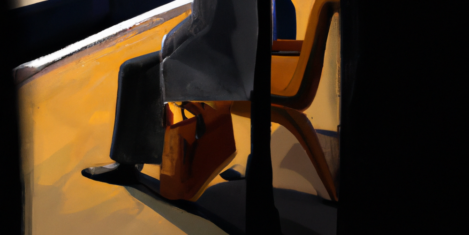



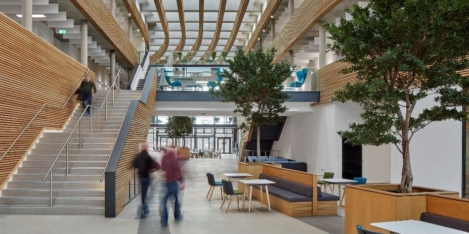
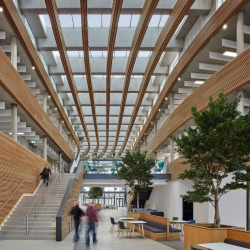


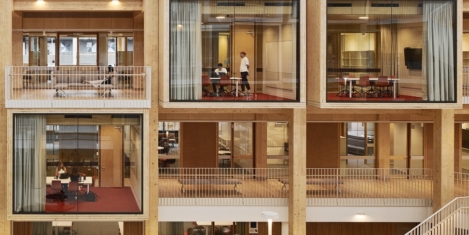
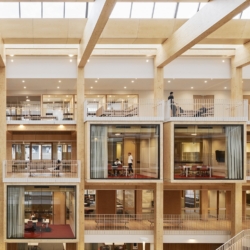


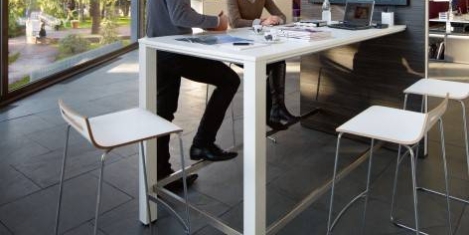
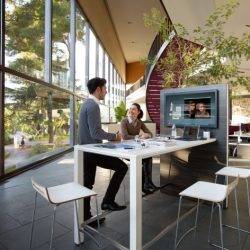



 In 2013, two Australian academics set out to discover the answer to a deceptively simple question. Why is there such a thing as colour psychology, but not shape, line or texture psychology? The answers they come up with are complex, arcane and wide-ranging but they manage to sum them up to some extent in the conclusion to
In 2013, two Australian academics set out to discover the answer to a deceptively simple question. Why is there such a thing as colour psychology, but not shape, line or texture psychology? The answers they come up with are complex, arcane and wide-ranging but they manage to sum them up to some extent in the conclusion to 







November 20, 2024
Life science interiors: here’s how to create a petri dish for scientific breakthroughs
by Tal Ben-Amar • Comment, Workplace design